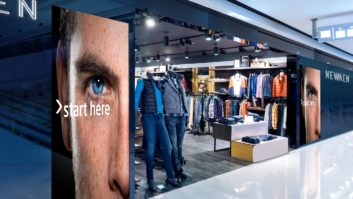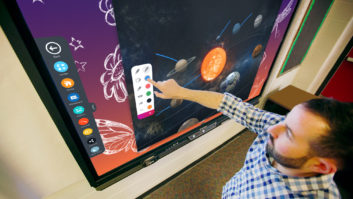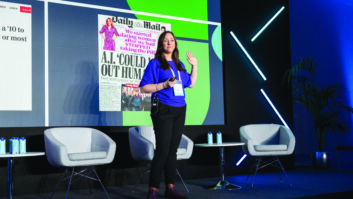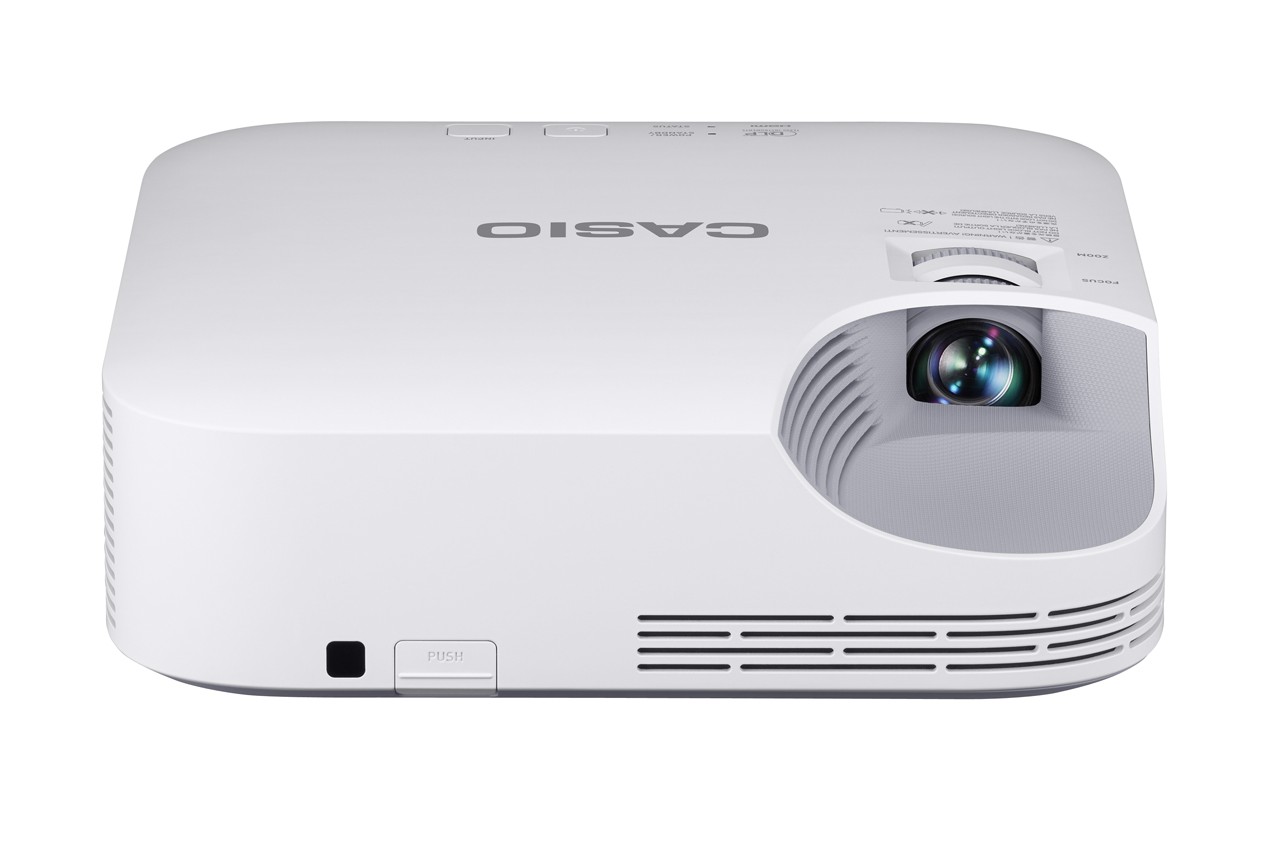
Manufacturers from across a broad spectrum of the industry are upgrading their education provision with usability and flexibility key when appealing to the growing number of learning environments.
Casio’s proprietary light source reduces cost of ownership
Casio’s Core XJ-V1 projector considerably reduces the total cost of ownership, with a 35% saving compared to lamp-based models over the estimated 20,000-hour lifespan. The Core provides a 30% increase in LED light output offering a greater increase in colour spectrum against traditional mercury lamps.
The hybrid light source that powers the XJ-V1 combines a laser, a fluorescent element and LEDs to generate 2,700 lumens of brightness, with minimal brightness degradation and continuous output. Power consumption on the brightest setting is just 180W; eco modes can reduce consumption by up to 50%. There are no lamps to replace or filters to change, so the maintenance requirement is reduced and the light source will not fail suddenly; also, it requires no warm up-time so lessons can begin immediately.
The XGA (1024 x 768) resolution makes the Core suitable for displaying content from video and computer sources. It also features a simple user interface and connection points that fit most ceiling mounts.
Panasonic shares content with wireless mirroring
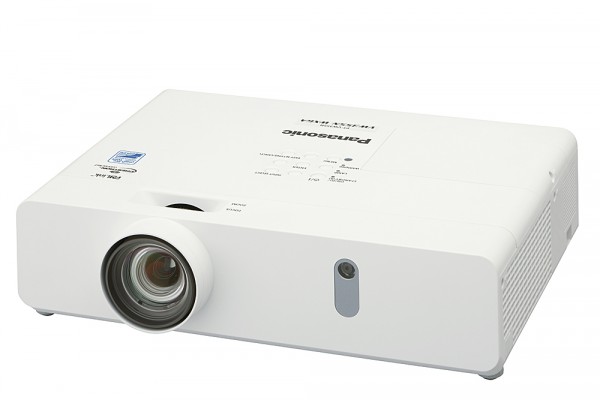
Panasonic’s PT-VW350 projector debuts wireless mirroring of content via Intel Pro WiDi. It is said to be the smallest and lightest projector in the 4,000 lumens class.
It will support wireless mirroring of almost any media including video, websites and documents. Intel Pro WiDi enhances collaboration, offering multi-screen support and connection for up to 10 PCs simultaneously.
Content sharing helps students learn from each other; the VW350 streamlines the collaborative process by instantly mirroring PC or laptop content wirelessly with the projector. This saves time previously spent connecting PCs through a cable or copying onto a USB. It also eliminates issues with incompatible software and with content being altered due to different aspect ratios, as mirroring represents the content as intended.
Panasonic projectors and visual solutions
Pro Display increases classroom engagement

The Pro Display SunScreen projection surface is designed for ultra-short throw front projection. It is said to be ideal for use in classrooms as it rejects sunlight and ambient light, helping students read content clearly.
The SunScreen presents a more affordable option than large LCD monitors with good picture quality even when used with lower-end projectors, which is achieved through the Pro Display light rejecting louvred filter screen.
Pro Display combines a high-contrast projection layer and optical light-deflecting filter technology to deliver a richly coloured, high-contrast image without hot spots.
Pro Display projection technology
Sony brings long-lasting reliability
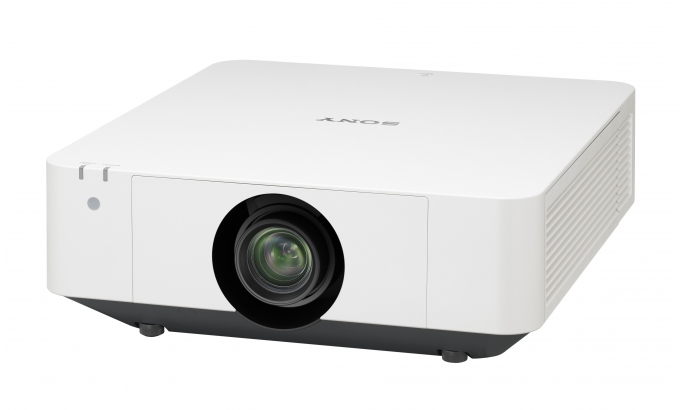
Sony’s VPL-FHZ65 projector targets the education market, offering high-quality WUXGA images and 20,000 hours of maintenance-free operation. The long-lasting Z-Phosphor laser light source brings down the total cost of ownership and improves overall reliability. Sony’s BrightEra 3LCD laser technology generates brightness of 6,000 lumens.
The combination of quality and reliability is said to make the model ideal for education applications where usage is often intense with minimal downtime, and therefore a reliable, low-maintenance solution is important.
Additionally, the projector can be installed at any angle; its HDBaseT compatibility reduces the cabling required.
Sony projection and visual solutions
Viewsonic’s all-in-one interactivity
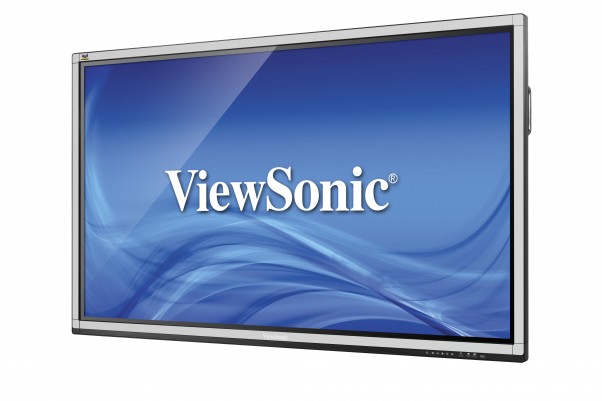
The Viewsonic CDE7060T is an all-in-one 70in 10-point touch interactive display that aims to make classrooms more collaborative. The display has pre-installed annotation software, an embedded ARM dual-core processor with built in web browser, and Linux OS for smooth touch capabilities. Multiple users can use the responsive screen, and ViewBoard software offers annotation options for presentations, along with file management functions and curriculum tools for maths, physics, chemistry and writing.
The software allows students to write and edit in real time. Teachers can interact with the screen to create lecture notes that can be saved and shared instantly.
A versatile set of connectivity options features three HDMI ports, RGB, five USB ports and a slot for an optional Windows 8 Pro PC. The LCD screen, with LED backlight, has 1920 x 1080 optimum resolution, and the device includes 8GB of storage.
More Viewsonic visual products
Matrox offers connectivity options and low latency
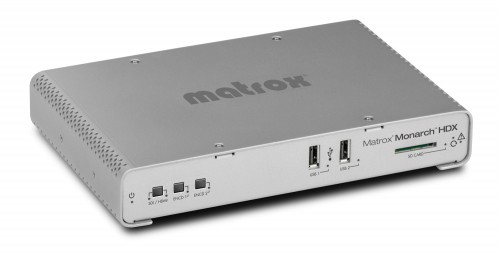
The Monarch HDX from Matrox is a standalone streaming appliance that offers wide ranging functionality at a cost-effective price point. The HDX features 3G-SDI and HDMI inputs to connect to devices such as cameras, switchers and routers; these are selectable either in the web-based Command Center user interface, or on the unit itself. Both video inputs feature frame synchronisation to ensure uninterrupted streaming and recording.
Audio sent to the encoders can be selected from embedded channels or analogue input sources and muted or unmuted without affecting the video encoding operation.
For SDI workflows, the Monarch has a very low pass-through latency with a built-in power loss relay which, in the event of power loss, routes the SDI input directly to the SDI output, ensuring signal path integrity.
Education facilities can use the HDX to stream lectures via their own web server or media delivery platform directly into the homes of students. The same content that is streamed live can also be recorded at a higher quality to a central media library.
Matrox streaming and recording devices
Listen brings infrared tech to the classroom
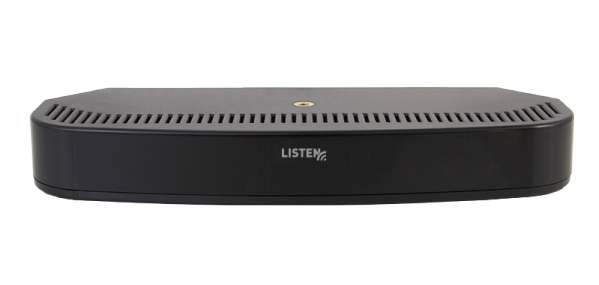
Listen Technologies’ new infrared products include the LT-84 ListenIR Transmitter/Radiator Combo, LA-141 Expansion Radiator, and iDSP IR receivers. These products provide coverage in a variety of education environments including classrooms and lecture halls. The iDSP IR receivers cover up to 2,800sqm with one channel and offer flexible frequency selection up to 3.8MHz in one unit, eliminating the need to purchase multiple products.
The ListenIR range also provides delay compensation, ensuring there are no drop-outs or gaps in coverage. The receivers are encased in infrared-transparent material and are half the weight and size of other receivers.
ListenIR products are ideally suited to education environments because they are designed with privacy in mind: the audio signal will not travel between classrooms, which means it is received only by the students it is intended for. The quality of sound also eliminates any intelligibility issues and channel names can be customised for ease of use.
